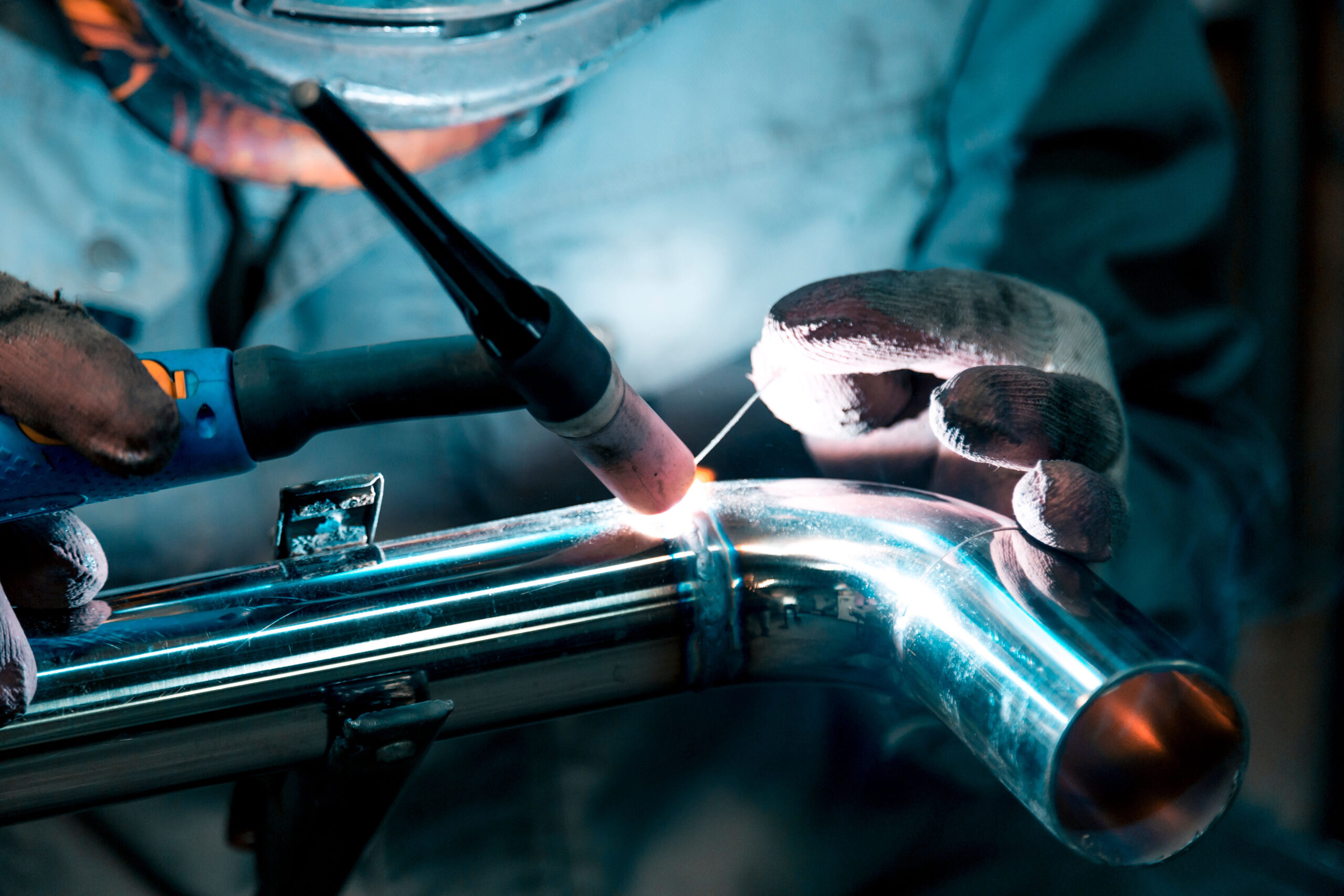Recognizing Welding WPS: Comprehensive Overview for Welders
Recognizing Welding WPS: Comprehensive Overview for Welders
Blog Article
Achieving Welding Quality: Unveiling the Secrets of WPS Application and Optimization
In the world of welding, achieving excellence is a quest that pivots on the meticulous application and optimization of Welding Treatment Requirements (WPS) By diving into the key components, strategies, difficulties, and ideal practices associated with WPS, a world of welding quality waits for those who are willing to explore its depths.
Value of WPS in Welding
The Importance of Welding Treatment Specs (WPS) in the welding market can not be overemphasized, offering as the backbone for making sure consistency, high quality, and safety and security in welding procedures. A WPS gives comprehensive instructions on just how welding is to be executed, consisting of necessary variables such as materials, welding processes, joint design, filler steels, interpass and preheat temperature levels, welding currents, voltages, travel rates, and extra. By adhering to a distinct WPS, welders can keep harmony in their job, resulting in consistent weld quality across various tasks.

Crucial Element of WPS
Reviewing the important parts of a welding treatment spec (WPS) is essential for recognizing its duty in welding operations. One essential element of a WPS is the welding procedure requirements, which outlines the specific welding procedures to be made use of, such as gas tungsten arc welding (GTAW) or secured steel arc welding (SMAW) By including these essential components right into the WPS, welding treatments can be standard, making sure high quality, performance, and safety in welding procedures.
Methods for WPS Optimization

Secondly, training and certification of welding employees according to the certain requirements of the WPS is critical. Supplying thorough training programs and guaranteeing that welders are accredited to perform procedures laid out in the WPS can result in greater top quality welds and lowered rework.
Additionally, leveraging technology such as welding software and tracking systems can assist in enhancing WPS. These tools can help in monitoring variables, making certain parameters are within specified limitations, and supplying real-time comments to welders, allowing them to make instant changes for boosted weld quality.
Common Difficulties and Solutions
Dealing with challenges in carrying out the methods for WPS optimization can prevent welding procedures' performance and top quality. One typical difficulty is insufficient training or understanding of the welding treatment requirements (WPS) amongst the welding group. This can lead to incorrect implementation of welds, causing defects and rework. To address this, detailed training programs ought to be applied to ensure that all welders are proficient in interpreting and applying WPS properly.
Another challenge is the absence of proper documentation and record-keeping, which is essential for WPS optimization. Without clear records of welding criteria, products utilized, and evaluation results, it comes to be challenging to identify locations for renovation and make certain consistency in welding processes. Applying a robust paperwork system, such as digital welding monitoring software, can help streamline record-keeping and assist in information analysis for continuous enhancement.
Furthermore, inconsistent welding tools calibration and maintenance can posture a considerable obstacle to WPS optimization. Routine tools checks, calibration, and maintenance routines ought to be followed strictly to make sure that welding parameters are precisely controlled and preserved within the defined tolerances (welding WPS). By addressing these typical obstacles with positive remedies, welding operations can enhance efficiency, top quality, and overall welding quality
Ideal Practices for WPS Implementation
To make sure effective WPS execution in welding operations, adherence to market criteria and meticulous interest to information are paramount. When initiating WPS execution, it is crucial to begin by completely recognizing the specific welding requirements of the job. This requires a comprehensive evaluation of the welding see this procedure specs, products to be welded, and the ecological problems in which the welding will certainly happen.
When the needs are clear, the following step is to select the suitable welding procedure that lines up with these requirements. This entails seeking advice from the pertinent codes and criteria, such as those provided by the American Welding Society (AWS) or the International Organization for Standardization (ISO), to make sure conformity and quality.
Additionally, documenting the entire WPS application process is essential for traceability and quality assurance. In-depth records must be maintained regarding welding parameters, material preparation, preheat and interpass temperatures, site welding consumables used, and any type of variances from the initial procedure. Routine audits and evaluations of the WPS can help determine locations for enhancement and make sure continuous optimization of the welding process.

Conclusion
Finally, the application and optimization of Welding Procedure Requirements (WPS) is important for achieving welding quality. By understanding the crucial elements of WPS, implementing efficient methods for optimization, addressing usual obstacles, and complying with best methods, welders can make certain high-quality welds and risk-free working problems. It is important for experts in the welding industry to focus on the correct application of WPS to boost overall welding performance and attain preferred outcomes.
The Relevance of Welding Procedure Requirements (WPS) in the welding industry can not be overstated, offering as the foundation for making certain consistency, high quality, and safety and you can try these out security in welding operations. A WPS supplies thorough guidelines on just how welding is to be lugged out, consisting of crucial variables such as materials, welding procedures, joint layout, filler metals, interpass and preheat temperature levels, welding currents, voltages, traveling rates, and more. One important facet of a WPS is the welding process specification, which describes the certain welding procedures to be made use of, such as gas tungsten arc welding (GTAW) or shielded metal arc welding (SMAW) By integrating these crucial components right into the WPS, welding treatments can be standardized, guaranteeing top quality, efficiency, and security in welding operations.
It is essential for specialists in the welding market to prioritize the appropriate application of WPS to boost total welding efficiency and achieve desired outcomes.
Report this page